In Hokkaido, the long sunny days help the corn produce a lot of sugar, and when the nights cool down, it stores that sugar, making it super sweet. This corn looks as white as snow and surprises you with its incredible sweetness—like tasting a burst of sunshine. In this article, we’re introducing the freshest corn directly from Hokkaido. Let’s uncover all the secrets of these Hokkaido gems!
What is Hokkaido Corn?
Definition of Hokkaido Corn
Japanese corn, referred to as “toumorokoshi” in kanji as “玉蜀黍,” belongs to the grass family Poaceae, specifically the Zea mays genus. Hokkaido corn stands out as a unique variety grown specifically in Hokkaido, Japan’s northernmost island. It’s renowned for its exceptional sweetness and fantastic taste, both owed to the island’s special climate. People adore this corn for its distinct qualities, particularly how it thrives in Hokkaido’s weather. The corn, often resembling pure white snow, represents Hokkaido’s farming excellence and is cherished for its exceptional taste, symbolizing the region’s agricultural prowess.
Peak Season for Corn
Corn is known as a summer vegetable, with its peak season nationally occurring around June to July. However, in Hokkaido, where the average temperature is lower and the planting season is delayed, there’s a tendency for the peak season to arrive later.
For Hokkaido’s corn, the best time with the most flavorful yield is around August to September. If you want to enjoy freshly harvested and delicious Hokkaido corn, visiting during the period of August to September would be ideal.
History
Origin of Japanese corn
We don’t have a clear understanding of corn’s exact birthplace, but a widely supported theory places its origins around 5,500 to 7,500 years ago in Central and South America, notably in Mexico and Bolivia. The global spread of corn is believed to have started when Columbus brought it from the American continent to Spain in the late 15th century.
Corn was first introduced to Japan by the Portuguese in 1579, gradually gaining popularity during the Edo period. Later, during the Meiji era, Japan imported seeds from America and began cultivating corn in Hokkaido, leading to its eventual adoption and proliferation throughout the country.
出典:農林水産省Webサイト(https://rb.gy/hglel1)
History of Hokkaido corn
The history of corn in Hokkaido traces back to the Edo period when people journeyed across the sea to develop the Ezo region. These travelers introduced corn to Hokkaido to address the scarcity of main grains. Initially cultivated to compensate for grain shortages, it gained popularity over time for both processing and direct consumption.
Over time, its popularity soared, prized for both processing and direct consumption. The island’s climate and geographical advantages played a role, offering ideal conditions for corn growth. With its cool summers and significant day-night temperature differences, Hokkaido nurtured corn with exceptional sweetness and texture. This unique flavor, coupled with the region’s commitment to quality farming, propelled Hokkaido corn to fame. Presently, Hokkaido stands out as Japan’s primary corn-producing region, accounting for roughly half of the country’s total corn production.
Different ways to call “corn”
Corn’s name can vary based on different regions. In Hokkaido, a significant corn-growing area, it’s commonly known as “とうきび” (toukibi). The pronunciation might differ across various parts of Hokkaido; for instance, in the southern area around Hakodate, it’s called “とうきみ” (toukimi) or sometimes shortened to “きび” (kibi) or “きみ” (kimi).
Stores in Hokkaido that sell boiled corn on the cob often display signs like “Boiled Toukibi Available” or “Boiled Toukibi for Sale.” Moreover, Sapporo’s Odori Park features an attraction known as the “Toukibi Wagon.” This mobile wagon, operating from late April to early October, sells grilled corn on the cob and similar treats, becoming a beloved tradition within Odori Park.
Typically priced at around 300 yen, both boiled and grilled toumorokoshi are popular choices, especially during the summer season. Visitors can often be spotted enjoying corn on the cob on park benches in Odori Park, basking in the outdoor atmosphere. The inviting scent of soy sauce-grilled corn as you stroll through the park tends to awaken one’s appetite.
The Secrets Behind Hokkaido’s Delicious Corn
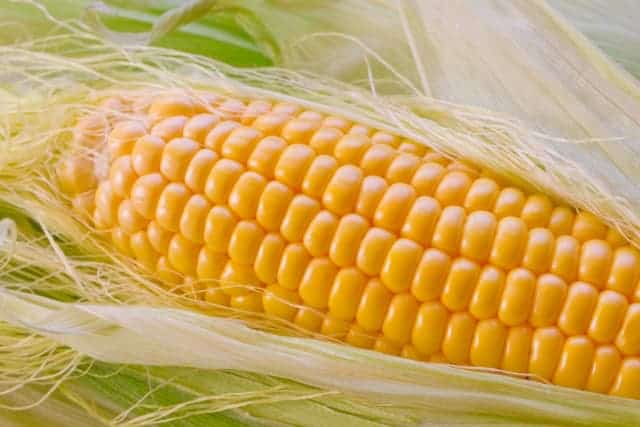
The tantalizing taste of Hokkaido’s corn owes much to the weather on the island. The long days and cool nights in Hokkaido play a significant role in this corn’s sweetness. During the long sunny days, the corn soaks up plenty of sunlight, producing loads of sugar. But it’s the cool nights that seal the deal, preserving these sugars and intensifying the corn’s sweetness. It’s like the corn is storing the sunshine and releasing it in every bite! Additionally, the temperature changes between day and night in Hokkaido further enhance this sweetness. The ideal temperature difference of about 10℃ helps the corn accumulate even more sugar, making it super sweet and delicious.
This unique blend of climate conditions and geographical advantages makes Hokkaido corn a sought-after delight. Its exceptional taste and quality have earned it a special place in culinary preferences, showcasing Hokkaido’s ability to produce outstanding crops.
8 Popular Types of Corn in Hokkaido
Hokkaido grows lots of sweet corn, half of Japan’s supply, making it a big corn area. Some farmers in Hokkaido make special corn that’s not found everywhere. Let’s talk about some famous types of Hokkaido corn:
Pure White
This corn variety gained attention for its unique pure white appearance. It’s often referred to as Fruit Corn due to its incredibly strong sweetness, boasting sugar levels between 17-18 degrees. When freshly picked, its sweetness can even surpass these levels.
Amain Desu
Popular for its high sugar content, Amain Desu stands out for its crispy texture, making it a popular choice for salads. Its sweetness is a highlight, captivating many corn enthusiasts.
Peter Corn
This visually striking corn variety displays vibrant bicolored kernels. Its distinct feature lies in its thin and tender husk, ensuring an easy-to-eat experience. When consumed, it offers a juicy and refreshing sweetness. While it’s delightful when boiled, steamed, or grilled, it’s recommended to try it fresh to savor its true taste.
Yume no Corn
Known for its large kernels, Yume no Corn offers a satisfying bite. One of its notable characteristics is its long-lasting freshness, allowing enthusiasts to enjoy its authentic sweetness for an extended period.
Gold Rush
Gold Rush has rich fruity fragrance, Gold Rush boasts robust sweetness comparable to fruits. Its taste, mirroring fruit-like sugar levels, provides a delightful and refreshing sensation, harmonizing sweetness and aroma.
Cocktail
For those favoring densely packed kernels on each cob, Cocktail is an ideal choice. Its generous kernels fill the entire cob, offering a hearty corn-eating experience.
Mirai (Future)
Often dubbed as Miracle Sweet Corn for its intense sweetness, Mirai’s slightly smaller size doesn’t compromise its popularity. Despite its challenges in cultivation, it’s considered rare and holds a high value due to its outstanding taste.
Sunny Chocola
With its smooth texture and gentle sweetness, Sunny Chocola stands out. Creamy yet light, it’s suitable for soups, offering a pleasant and subtle sweetness. Similar to Mirai, its cultivation difficulties result in limited availability, making it a fast-selling variety in Hokkaido stores.
Hokkaido Corn FAQ
- How do locals in Hokkaido enjoy freshly harvested corn during its peak season?
-
Hokkaido residents often savor freshly boiled or grilled corn on the cob, relishing its natural sweetness while sitting in parks or at local festivals. Some even incorporate it into homemade dishes like salads or stir-fries.
- How can I identify the best quality Hokkaido corn when purchasing it?
-
- Look for vibrant green, slightly damp husks with light brown silk.
- Choose cobs that feel plump, firm, and heavy for their size.
- Smell for a sweet, fresh aroma near the husk.
- Avoid husks with damage or excessive browning, opting for clean, intact ones.
How to cook Hokkaido Corn?
Tips for boiling Hokkai Corn deliciously
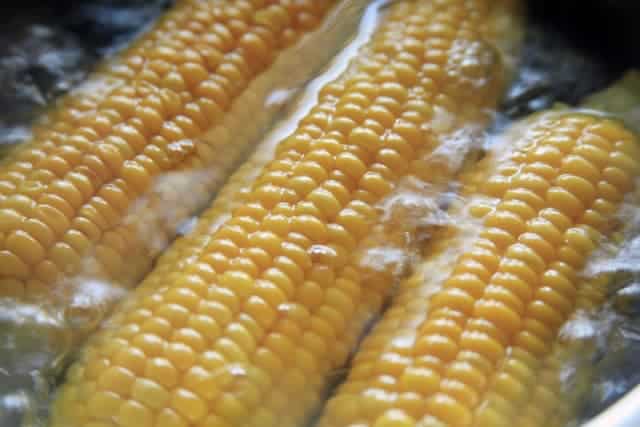
Ingredients
| Ingredients | Amount/ Note |
| Corn | as many as you want |
| Water | for boiling |
| Salt | a suitable amount |
Methods
Peel the corn, leaving one layer of husk intact. You don’t need to remove all the husks. Remove the silk by pulling it off.
Boil water in a pot (fill about 70% of the pot) and add salt until you can slightly taste it in the water. Boil the corn for about 4 minutes. If they’re small, 3 minutes might be enough, but for larger ones, around 4 minutes should suffice.
Use tongs or a similar tool to transfer the corn to a sieve because it’s hot. If boiling multiple cobs, you can use the same water for the next batch.
nce they’ve cooled a bit, remove any remaining husk and silk. If you’re eating them right away, you can bite into them as is. But if not, wrap them in plastic wrap before wrinkles form.
Tips for delicious grilled corn
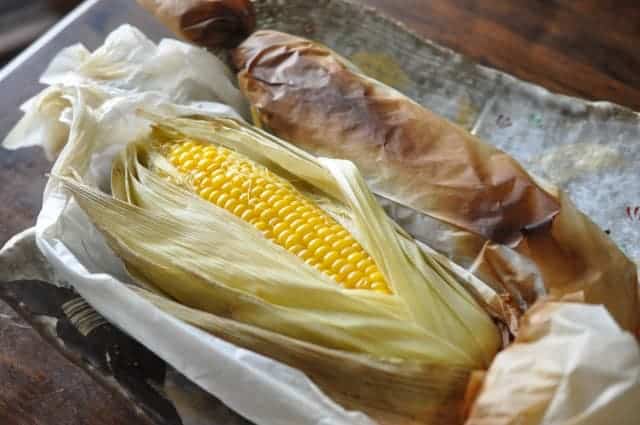
Ingredients
| Ingredients | Amount/ Note |
| Corn (previously boiled) | 2 |
| Butter | 20g |
| Soy sauce | 1 tbsp |
| Alcohol | 1 tbsp |
| Mirin (or sugar) | 1 tbsp |
Methods
Put half of the butter in a frying pan and slowly grill the pre-boiled corn over medium heat until it chars evenly.
After about 5 minutes of grilling and charring, add the pre-mixed seasoning and continue grilling while rotating the corn until the liquid evaporates.
Once plated, add the remaining butter on top, and it’s ready to serve. Enjoy it with your favourite drink!
Recommended restaurants/ stores
Farm Yanagisawa (ファームやなぎさわ)
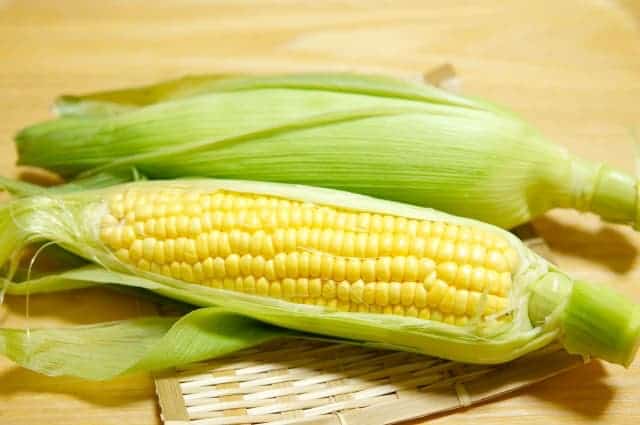
During Hokkaido’s peak corn season (August-September), Sapporo showcases this delight in supermarkets, roadside stations, and local markets. Our family tradition involves obtaining freshly picked corn from Farm Yanagisawa, located in Shinoro-cho, Kita-ku. Known for their open-field cultivation method, the corn is cherished for its remarkable sweetness, despite weather susceptibility. Sales begin at 9 AM daily, usually selling out quickly. I recently acquired their “Dolce Dream,” a sizable, sweet bicolored variety, marking the season’s start. Sales typically extend till late September. Visitors should arrive early due to the stand’s popularity, mindful of potential parking congestion.
Odori Park Sweetcorn Stand (大通公園 とうきびワゴン)
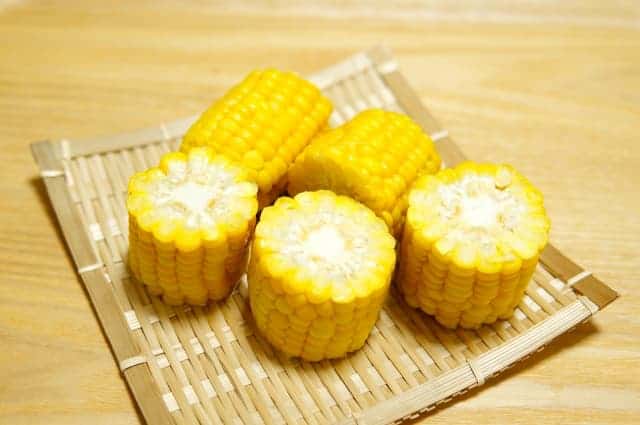
In Sapporo’s Odori Park, the seasonal “Toukibi Wagon” emerges from late April, a go-to spot for Hokkaido corn enthusiasts. This cherished wagon, renowned for its queues, showcases Hokkaido’s finest corn—boiled or grilled, often paired with local potatoes. The wagon operates at Odori Park’s 3rd and 4th blocks, offering two spots on weekdays, three on weekends, and up to four during events. Delight in their grilled corn, basted in a homemade sauce crafted with Hokkaido soy sauce, beet sugar, kombu, and locally gathered acacia honey. With prices slightly raised to ¥400, the wagon remains a bustling hub for both locals and tourists enjoying this park treat.
Honami Hokuo (ほなみマルシェ)
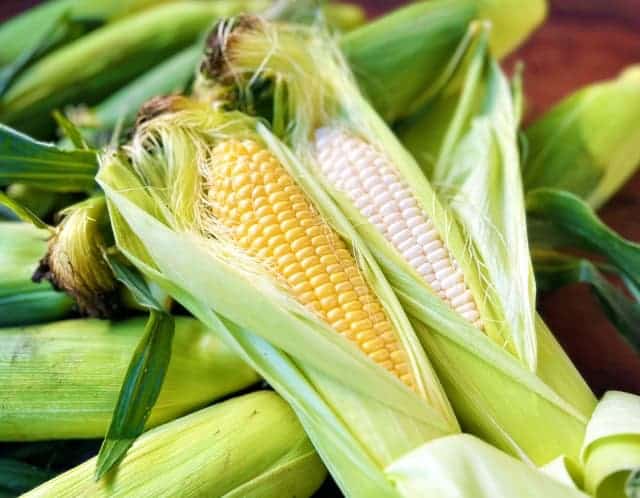
ほなみマルシェ in Hokkaido offers fresh veggies, grown with care in Tokachi’s natural beauty. Each season brings delightful, fresh produce, thanking nature’s goodness. They grow and sell their farm-fresh seasonal veggies, like the spring favorite, sweet and tender asparagus, and flavorful Hokkaido corn—“Megumi Gold” and “Yuki no Yōsei” (Snow Fairy) types. They also sell just-cooked corn during the peak season. Their wood-grown shiitake mushrooms boast a rich taste. Genuine wasabi, grown using pure mountain water, provides a unique tang. They offer year-round delights like “Retort Corn” and pickled veggies. The farm strives for eco-friendly farming across Hokkaido’s vast lands. You can also see more products at their online shop.
Takeaway
Hokkaido corn, famed for its sweet taste and juicy kernels, reflects the rich agricultural heritage of Japan. Grown in the vast landscapes of Hokkaido, this corn symbolizes seasonal delight, especially in summer and early autumn. Its journey from the Edo period to modern times witnesses its evolution from a remedy for grain scarcity to a national treasure, now enjoyed across Japan. With various flavors and vibrant varieties like “Pure White” or “Golden Rush,” Hokkaido corn captivates taste buds and continues to be a beloved seasonal delight, celebrating nature’s bounty and Hokkaido’s agricultural prowess.
If you are planning to travel to Hokkaido, read below to find out your next favourite food or see more here!
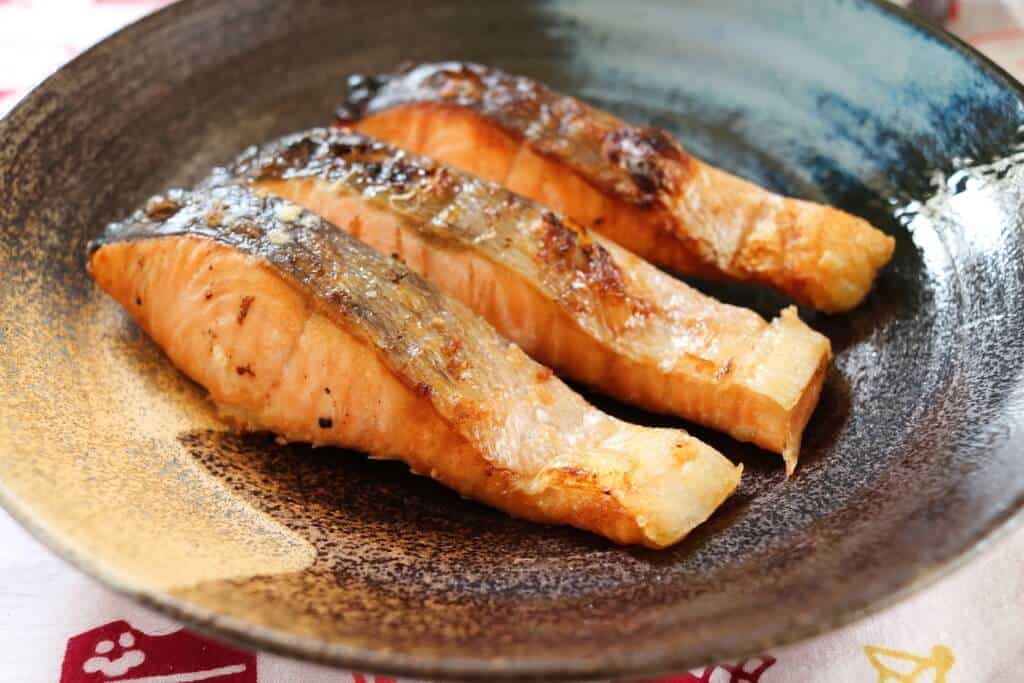
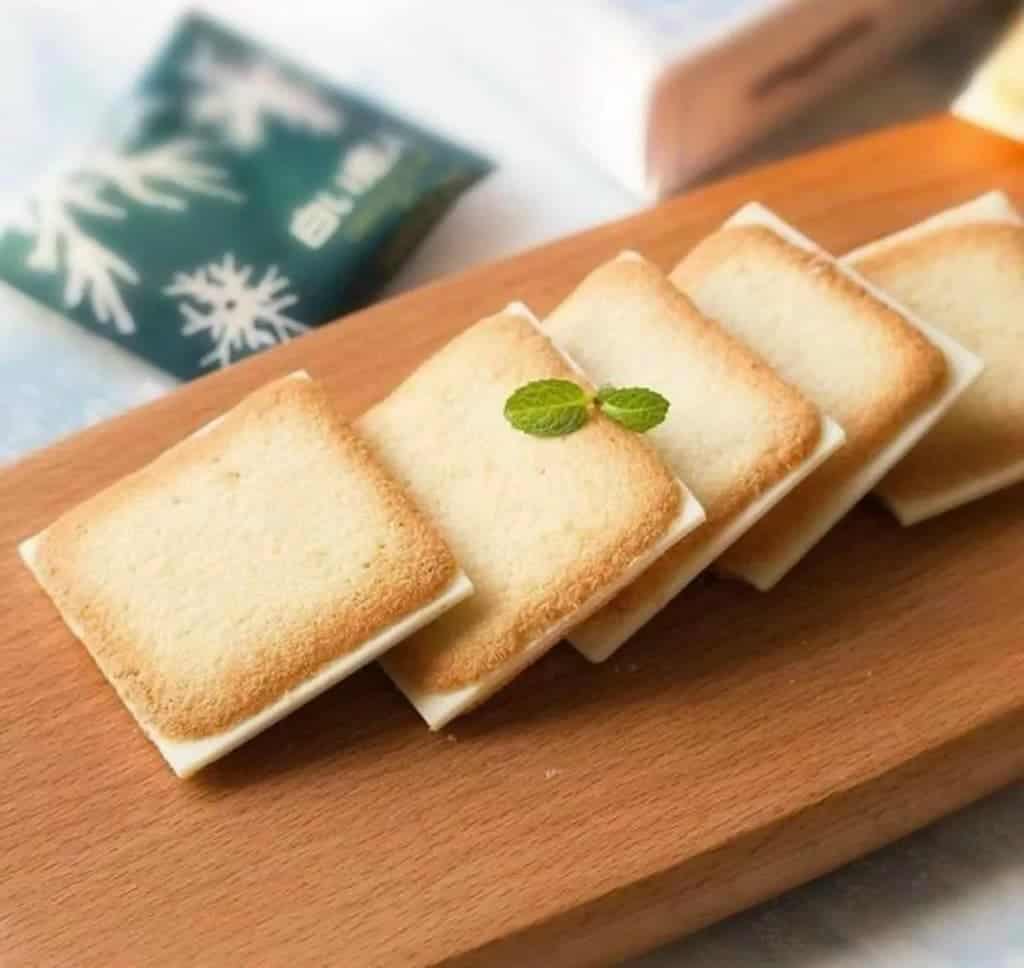
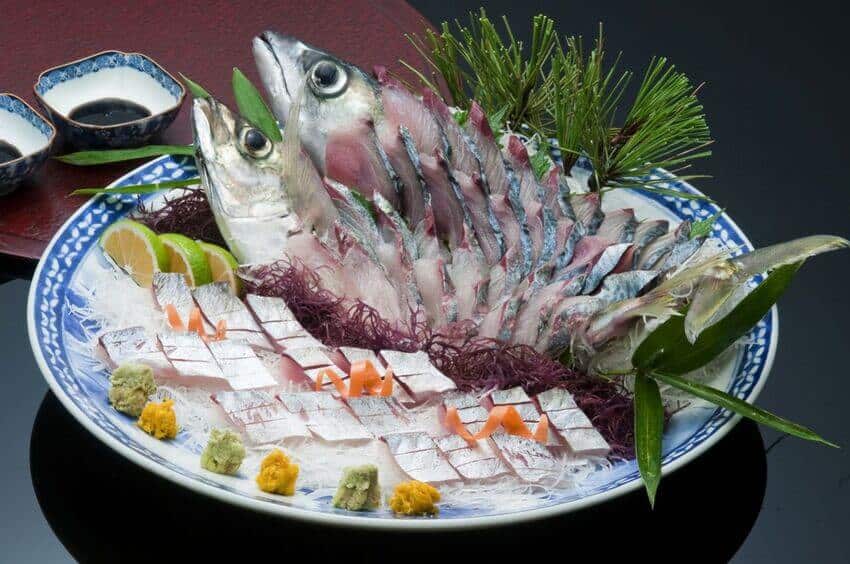
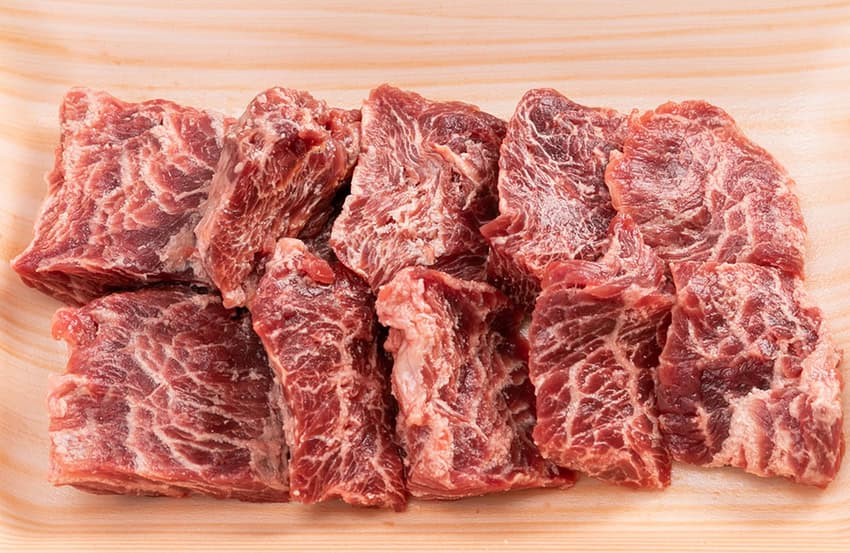
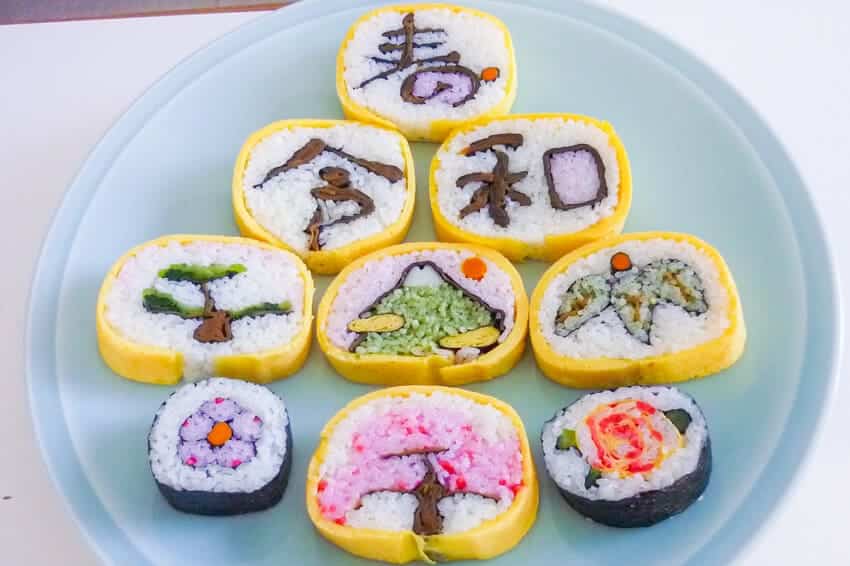
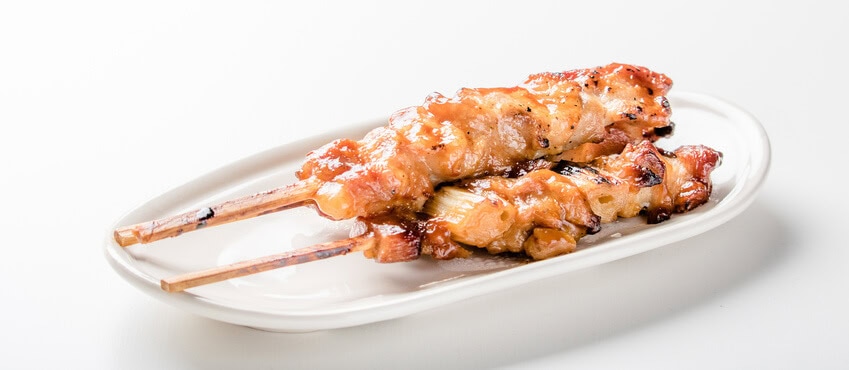
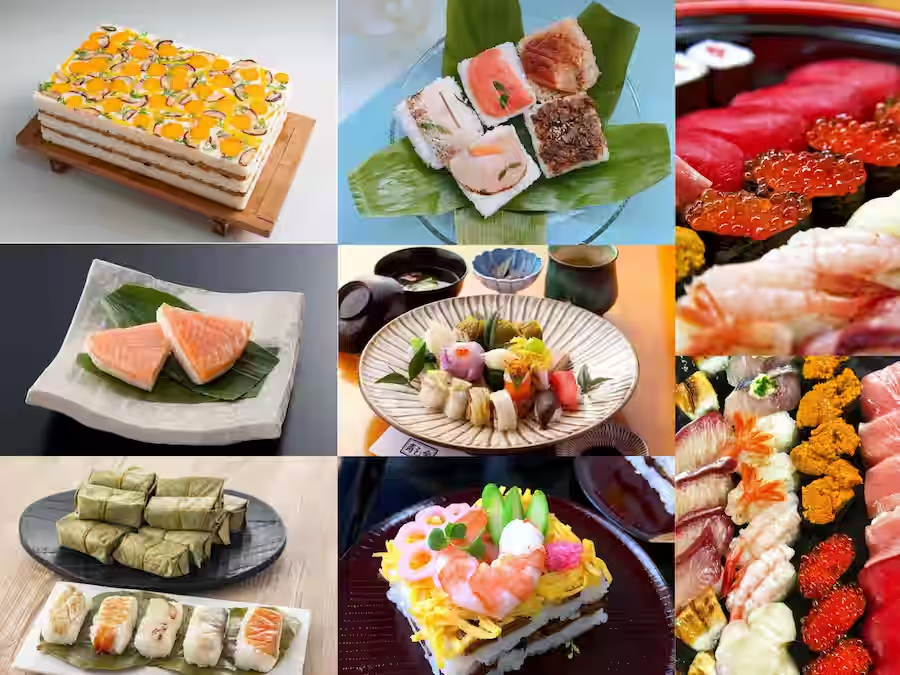

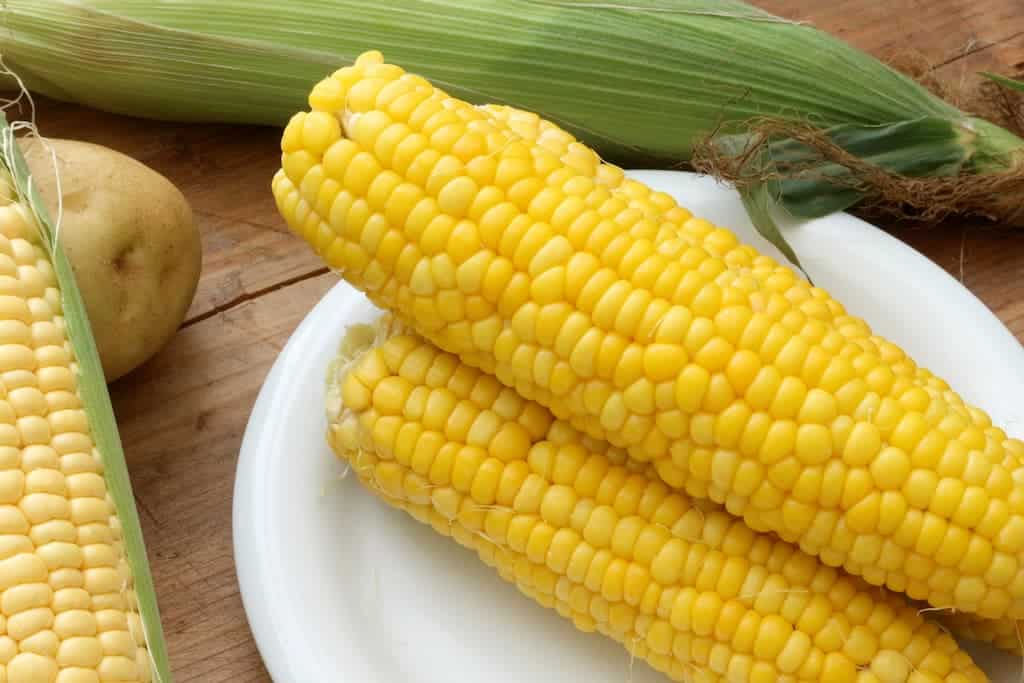
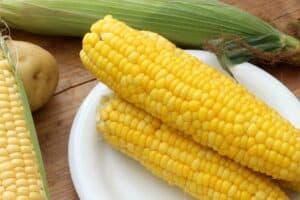
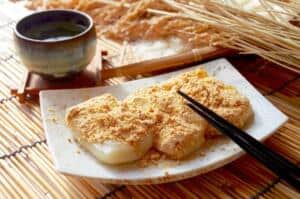
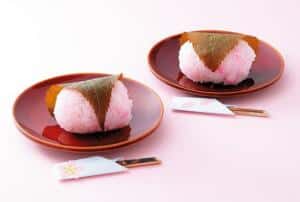
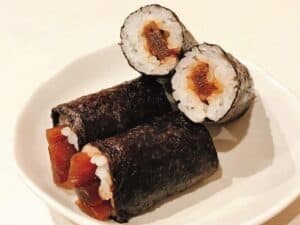
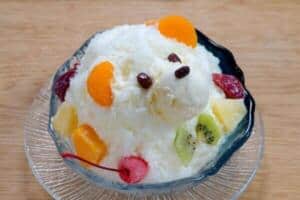
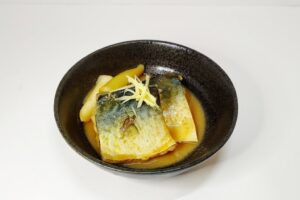
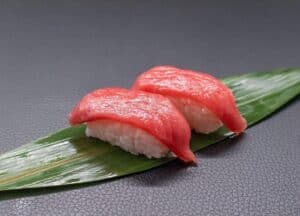
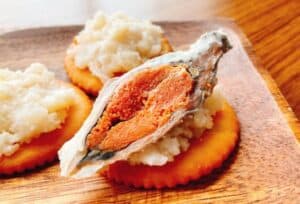
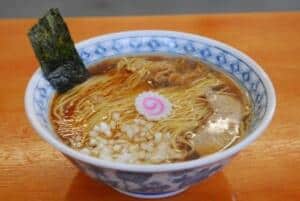
Comments
List of comments (1)
I completely agree! Hokkaido corn is absolutely delicious and I love the different types they offer. The history behind it is fascinating too. I’ve been enjoying it grilled with a bit of salt and butter, but I’m eager to try it in other dishes now. Thanks for sharing this post!